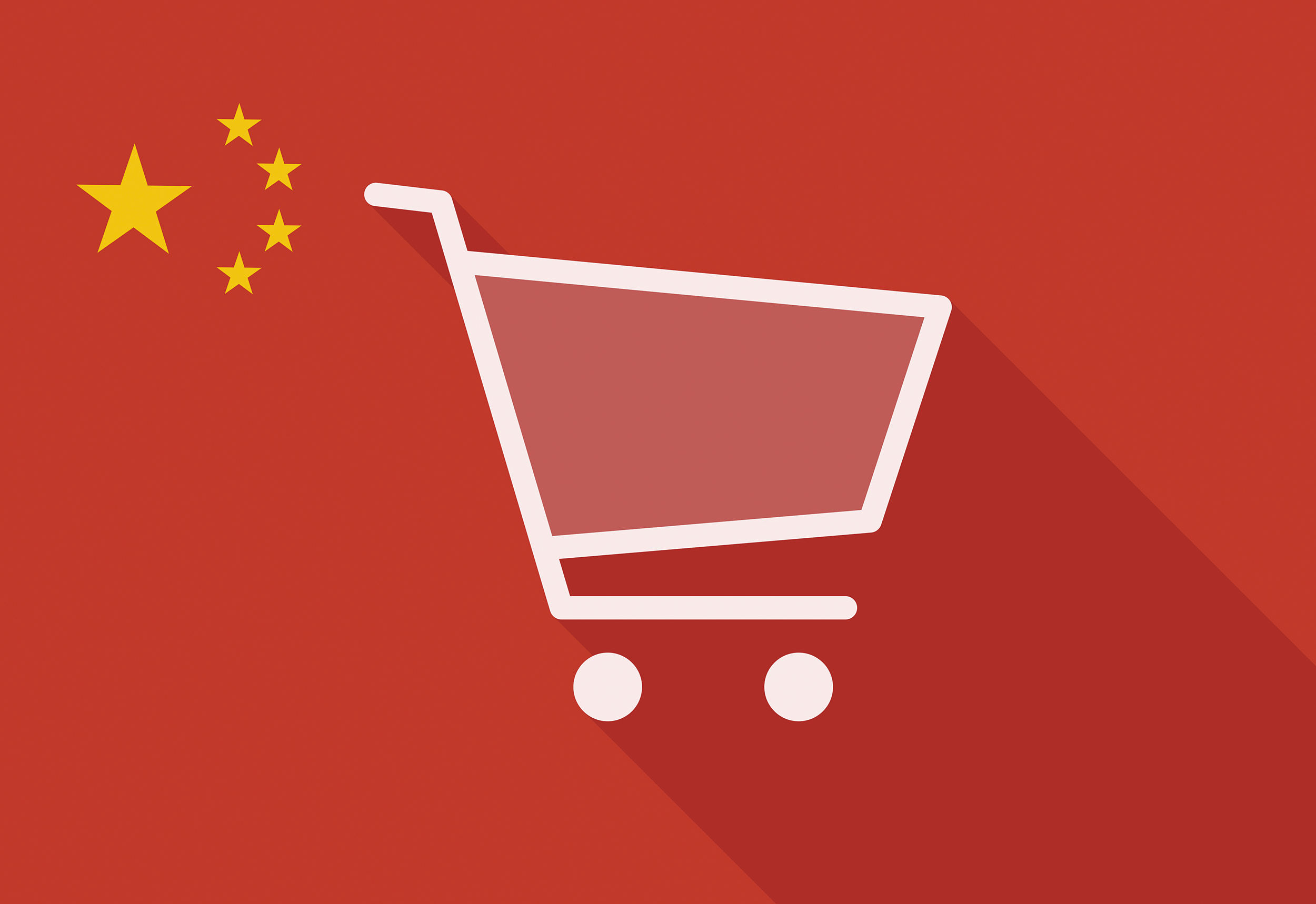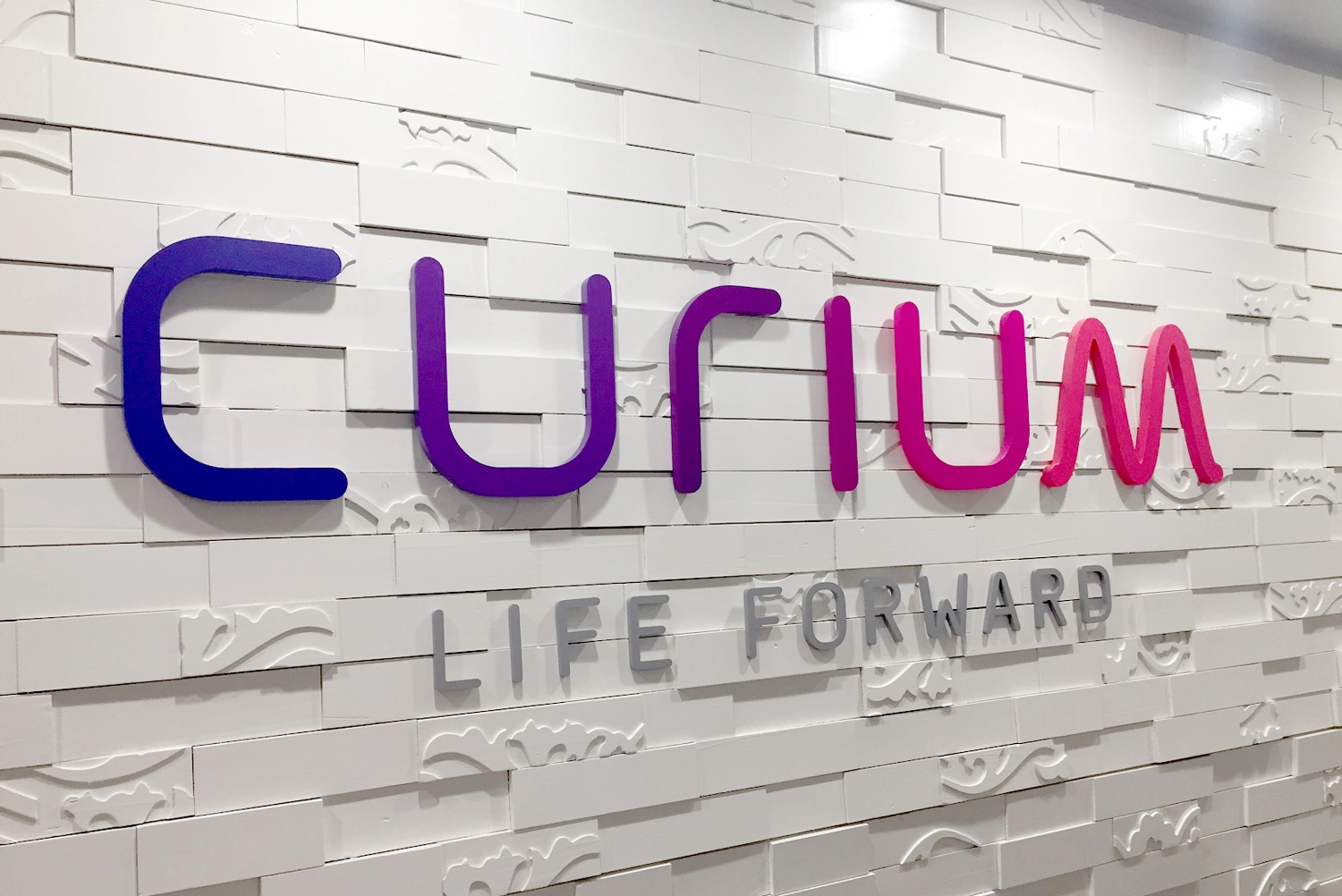Next level consumer engagement

John E. Kaye
- Published
- Home, Technology

As the world continues to move online, China’s e-commerce experience is set to increasingly influence digital marketing in the West, says Mark Epstein, CEO of Mobile Streams
There has been an explosion of digital content over the last decade, changing the way we consume news and entertainment, engage with brands, and how we shop. Retailers, in particular, have looked to digital content as a way of enhancing online shopping as an experience rather than just a convenient utility – especially given the meteoric rise in e-commerce during lockdown.
In the increasingly competitive battleground for consumers, Chinese e-commerce firms such as Alibaba, Kaola, and JD.com are leading the way in creative and innovative ways of engaging consumers with digital content, from live influencer videos, social networking, and online games. It’s little surprise, then, that many European online retailers are looking to China for inspiration in digital content marketing.
Changing habits
With most of the world required to stay at home to halt the spread of the virus, the impact of Covid-19 has seen a rapid increase in the number of people online – including those from age groups for whom the internet has, until now, been a foreign country.
E-commerce, in particular, has seen record numbers. With high street stores closed and many people unable or unwilling to leave their homes, analysts suggest that e-commerce accounted for more than 30% of total retail sales in the UK in 2020, with UK consumers spending almost 35% more online than in 2019.
In the current environment, with few physical and face-to-face channels available, digital marketing has become more important than ever for brands looking to engage with customers. Done correctly, it represents an opportunity to reach new audiences at significantly lower cost than traditional marketing methods. But, with UK adults each spending an average of six hours and 25 minutes a day on their phones, laptops and TVs, it’s vital that brands create content that will catch their attention rather than just become part of the background noise.
Brands have used email, content marketing, search engines, and social media to attract customers for some time now. Emerging trends, increasingly sophisticated consumer habits, and rapidly evolving technology means they must constantly reassess their marketing strategies, to ensure their digital content is always suitably engaging.
It is here that Chinese e-commerce leads the way. Even Facebook is currently replicating strategies used by the country’s online retailers.
E-commerce giant
Valued at around $1.5tn, China is the largest e-commerce market in the world, and home to three of the top five global e-commerce marketplaces – Taobao, Tmall, and JD. Interestingly, the dominance of these companies, and the inclusive nature of the country’s economy, has prevented even the world-leading Amazon from establishing much of a foothold.
A large part of China’s e-commerce success story can be attributed to their heavy use of mobile. While consumers across the rest of the world will use laptops and PCs for their online shopping, those in China exclusively use their mobile devices for everything from their daily shop to buying luxury goods, such as cars. When every purchase is made from an app, engaging digital content matters – especially when you consider that the average bounce rate for mobile is 51%.
The innovative and creative use of techniques such as video, live streaming, and social networking have transformed e-commerce in China, creating an interactive environment in which online shopping is no longer a passive transactional experience, but entertainment. Western brands, looking for ways to keep their digital marketing fresh and engaging, have inevitably begun to appropriate some of these techniques.
“Shoppable” content, for example, in which consumers are able to buy products simply by clicking on the relevant text, image or video, originated in China. Today, though, it can be found in use on a range of Western social platforms, including Facebook, Instagram, and Pinterest. Instagram recently introduced Live Shopping: an advanced form of shoppable content, also imported from China, which allows retailers to sell products to a live audience.
Platforms such as Facebook are also beginning to experiment with the concept of the “super app”, found on most Chinese mobile devices. WeChat, for example, began life as a messaging app. Now, though, it hosts over a million “mini-programmes”, which allows users to perform a range of actions such as applying for a loan, ordering a taxi, or transacting with local businesses – all from within the WeChat ecosystem.
China is clearly making a success of digital content marketing. And, as these examples show, Western brands are taking note. However, rather than just piggybacking on the latest trends, brands need to consider whether they’ll work with their target audience.
The media and the message
Mobile devices far outweigh PCs as the preferred channel for online shoppers in China. And, while the gap is nowhere near as wide in the UK, a brand’s products are still more likely to be viewed on mobile or tablet than on a desktop. The average user spends more than four hours a day on their mobile device, half of which is spent on social and communication apps. Given the sheer volume of content they scroll through on a daily basis, a brand’s content needs to be especially engaging.
Dynamic video content will always prove more impactful than static images, for instance. However, online video is expected to account for more than 80% of all online traffic by 2022, so any video content will need to be short, concise and relevant. If not, users may simply scroll past to the next brand’s message. It should be shareable too, of course, to help a brand achieve the digital equivalent of word-of-mouth.
It’s also important, to ensure the media serves the message. With nearly 2.5 billion users, there is no denying the importance of Facebook as a marketing channel. And, with its continuing quest for innovation, including its imitation of successful Chinese concepts such as the super-app, there’s plenty of room to experiment with style and format.
But just because it’s the biggest platform doesn’t necessarily mean Facebook should be the only destination. Younger audiences are more likely to be found on TikTok, Snapchat or Instagram, each of which has its own unique opportunities for communicating a brand’s message, such as shoppable content and Live Shopping.
Fundamental change
Ultimately, the success of a digital marketing campaign will depend on a brand’s understanding of its target audience, and their preferred channels and platforms. Content should then be created accordingly. Much of this will be informed by a brand’s own campaign analysis, of course – what’s worked, where, and with who. However, given that its e-commerce market is worth more than that of the next 10 largest markets combined, it’s entirely sensible that Western brands look toward China for ideas.
Indeed, while social networks such as Facebook and Instagram are now incorporating e-commerce capabilities into their platforms, the popularity of sites like Pinduoduo means consumers in China have been accustomed to the concept of social commerce for some time now.
The coronavirus pandemic has fundamentally changed the way we shop. The hope is, of course, that people will visit high street stores again once things return to normal. But people have become so used to shopping online over the last year, that two in five people say they intend to carry doing so when shops reopen. Keeping those consumers engaged is vital. Therefore, as more brands look to China’s e-commerce success, we can expect its digital marketing trends to become more widely adopted in the West.
Further information
Sign up to The European Newsletter
RECENT ARTICLES
-
 Make boards legally liable for cyber attacks, security chief warns
Make boards legally liable for cyber attacks, security chief warns -
 AI innovation linked to a shrinking share of income for European workers
AI innovation linked to a shrinking share of income for European workers -
 Europe emphasises AI governance as North America moves faster towards autonomy, Digitate research shows
Europe emphasises AI governance as North America moves faster towards autonomy, Digitate research shows -
 Surgeons just changed medicine forever using hotel internet connection
Surgeons just changed medicine forever using hotel internet connection -
 Curium’s expansion into transformative therapy offers fresh hope against cancer
Curium’s expansion into transformative therapy offers fresh hope against cancer -
 What to consider before going all in on AI-driven email security
What to consider before going all in on AI-driven email security -
 GrayMatter Robotics opens 100,000-sq-ft AI robotics innovation centre in California
GrayMatter Robotics opens 100,000-sq-ft AI robotics innovation centre in California -
 The silent deal-killer: why cyber due diligence is non-negotiable in M&As
The silent deal-killer: why cyber due diligence is non-negotiable in M&As -
 South African students develop tech concept to tackle hunger using AI and blockchain
South African students develop tech concept to tackle hunger using AI and blockchain -
 Automation breakthrough reduces ambulance delays and saves NHS £800,000 a year
Automation breakthrough reduces ambulance delays and saves NHS £800,000 a year -
 ISF warns of a ‘corporate model’ of cybercrime as criminals outpace business defences
ISF warns of a ‘corporate model’ of cybercrime as criminals outpace business defences -
 New AI breakthrough promises to end ‘drift’ that costs the world trillions
New AI breakthrough promises to end ‘drift’ that costs the world trillions -
 Watch: driverless electric lorry makes history with world’s first border crossing
Watch: driverless electric lorry makes history with world’s first border crossing -
 UK and U.S unveil landmark tech pact with £250bn investment surge
UK and U.S unveil landmark tech pact with £250bn investment surge -
 International Cyber Expo to return to London with global focus on digital security
International Cyber Expo to return to London with global focus on digital security -
 Cybersecurity talent crunch drives double-digit pay rises as UK firms count cost of breaches
Cybersecurity talent crunch drives double-digit pay rises as UK firms count cost of breaches -
 Investors with €39bn AUM gather in Bologna to back Italy’s next tech leaders
Investors with €39bn AUM gather in Bologna to back Italy’s next tech leaders -
 Axians and Nokia expand partnership to strengthen communications infrastructure across EMEA
Axians and Nokia expand partnership to strengthen communications infrastructure across EMEA -
 Forterro buys Spain’s Inology to expand southern Europe footprint
Forterro buys Spain’s Inology to expand southern Europe footprint -
 Singapore student start-up wins $1m Hult Prize for education platform
Singapore student start-up wins $1m Hult Prize for education platform -
 UK businesses increase AI investment despite economic uncertainty, Barclays index finds
UK businesses increase AI investment despite economic uncertainty, Barclays index finds -
 Speed-driven email security: effective tactics for phishing mitigation
Speed-driven email security: effective tactics for phishing mitigation -
 Short circuit: humanoids go for gold at first 'Olympics for robots'
Short circuit: humanoids go for gold at first 'Olympics for robots' -
 New IBM–NASA AI aims to forecast solar flares before they knock out satellites or endanger astronauts
New IBM–NASA AI aims to forecast solar flares before they knock out satellites or endanger astronauts -
 AI is powering the most convincing scams you've ever seen
AI is powering the most convincing scams you've ever seen



























